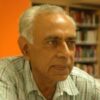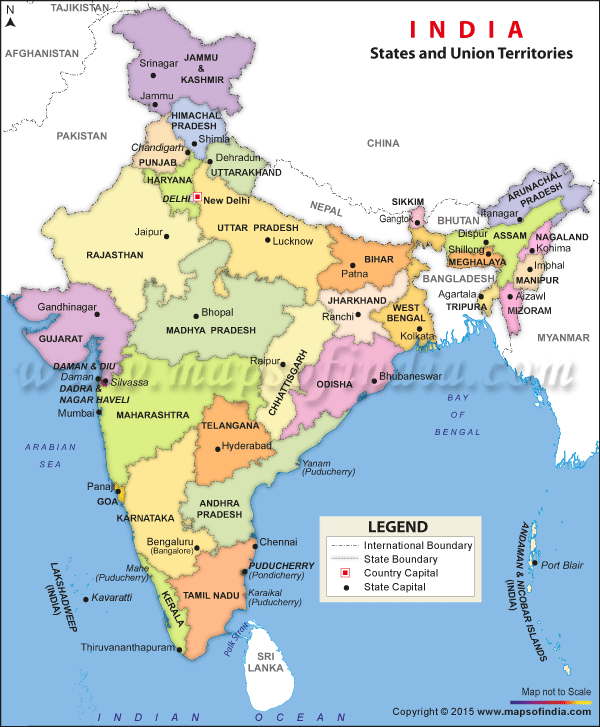Diversities in India
TRANSCEND MEMBERS, 27 Mar 2023
Dr. Ravi P. Bhatia – TRANSCEND Media Service
As most would know, India has various diversities in different sectors — religious, linguistic, food, gastronomy, clothes or dresses worn by people, etc. There are many religions in the country. Apart from the largest number of Hindus, and second largest Muslims, there are other religions with large number of believers — Jainism, Sikhism, Buddhism, Baha’i Faith, Dev Samaj, etc.
Even animals and birds found in the country show variety and diversity — for example there are dangerous animals like lions and cheetahs and docile one’s like peacocks. There are monkeys everywhere— they create fear among people walking on roads where these animals jump around waiting for persons to throw bananas to them.
Elephants are huge animals but generally they are docile and quite non violent in nature. Earlier the Raja of the State of Mysore in the south of the country had many elephants which used to be dressed up and paraded on religious occasions. Even the fish that swarm the rivers and the two oceans that are on the west and east coasts of the country show variations. The forest lands on the coasts as well as the birds show differences from one another. Many differences are noticed in the hilly regions of the country also.
Interestingly, racially also people of the country show variations. People of Panjab, Haryana, Delhi, and J & K (Jammu and Kashmir, north India) have distinct features and are generally tall, and men have a lot of hair on their bodies but people of Bengal, Assam, Arunachal Pradesh have distinctive features and much less hair on their bodies. They also have different facial looks.
Linguistically, India has several different states in which languages spoken are also different. The Indian Constitution recognises 22 languages. Of course, Hindi spoken in the states of UP (Uttar Pradesh), Haryana, Rajasthan, Madhya Pradesh, Bihar and Delhi etc is the most common language, but there are many other languages such as Bengali spoken in Bengal, Oriya in the state of Orissa , Tamil, Telugu, Kannada, Malayam in the southern states of Tamil Nadu, Andhra Pradesh, Karnataka, Kerala. In addition there are many tribal languages spoken in different regions of the country. Surprisingly, two languages are also recognised by the Constitution of India — Nepali (of Nepal) and Sindhi of the state of Sindh in Pakistan.
Even temperature wise India has many variations. The hottest places such as Churu in the western state of Rajasthan where the temperature shoots up to 50*C in summers and the coldest inhabited place such as Dras In Kargil town in the state of J & K where the temperatures may fall down to -40ºC in winters. Of course, regions near the mountains and hills could become even colder. Churu also has severe winters. From the point of rains, the state of Meghalaya gets a lot of rainfall but some states such as Rajasthan are relatively dry.
Earlier, Delhi the capital of India used to become terribly hot in summers and moderately cold in winters. But now it is becoming extremely cold in winters — sometimes colder than J&K or Himachal Pradesh. Why I am stressing this feature is because I live in Delhi and have a lot of difficulty in maintaining my equilibrium because of the cold. Many poor people living in Delhi and surroundings have to somehow brave the cold and carry on their normal activities and attend to their duties. The farmers also have to attend to their farms both in summers and in winters.
In winters, I put on several layers of warm clothes— sweaters, jackets and overcoats but even then, the cold seems to penetrate the bodies of elderly people like myself and we feel like just remaining in our homes, trying to keep warm underneath the two or three layers of blankets. Can we say that weather wise we are susceptible to both the cold of winters and the hotness of summers? Of course!
Is there any remedy to this problem? I am still searching for one — perhaps some readers of my essay on the TMS Weekly Digest will help me on this point if the editor, Antonio C.S. Rosa, finds this piece suitable for the TMS Digest.
______________________________________________
 Dr Ravi P Bhatia is a member of the TRANSCEND Network for Peace Development Environment, an educationist, Gandhian scholar and peace researcher. Retired professor, Delhi University. His new book, A Garland of Ideas—Gandhian, Religious, Educational, Environmental was published recently in Delhi. ravipbhatia@gmail.com
Dr Ravi P Bhatia is a member of the TRANSCEND Network for Peace Development Environment, an educationist, Gandhian scholar and peace researcher. Retired professor, Delhi University. His new book, A Garland of Ideas—Gandhian, Religious, Educational, Environmental was published recently in Delhi. ravipbhatia@gmail.com
Tags: Culture, Diversity, India
This article originally appeared on Transcend Media Service (TMS) on 27 Mar 2023.
Anticopyright: Editorials and articles originated on TMS may be freely reprinted, disseminated, translated and used as background material, provided an acknowledgement and link to the source, TMS: Diversities in India, is included. Thank you.
If you enjoyed this article, please donate to TMS to join the growing list of TMS Supporters.

This work is licensed under a CC BY-NC 4.0 License.
